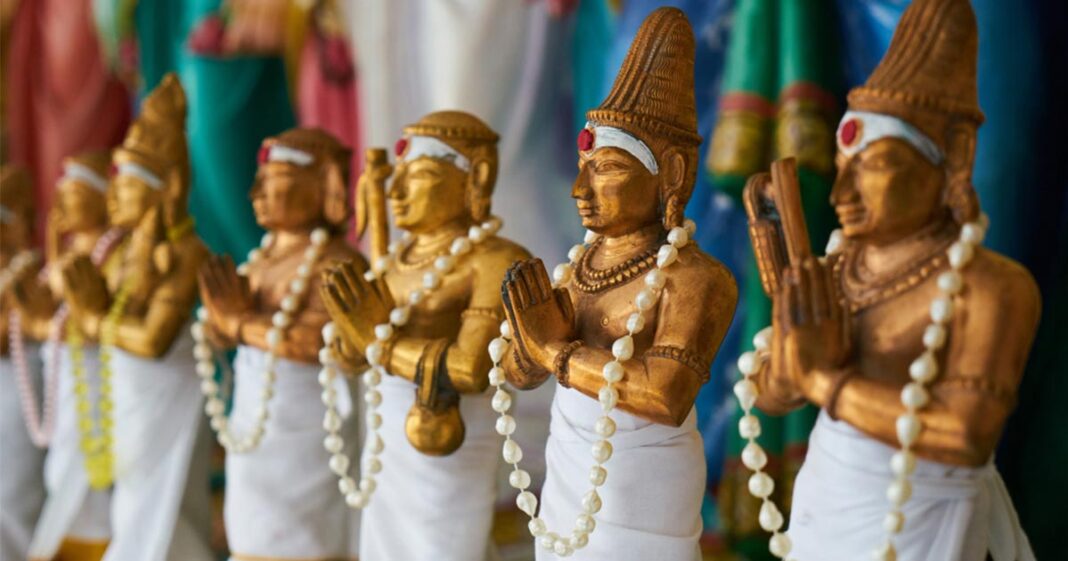
From rural Haryana to tribal Jharkhand, small radio stations are broadcasting big change. Community radio is emerging as a powerful tool for development, awareness, and empowerment in India’s remotest regions.
In an era of high-speed internet and flashy digital content, it’s easy to overlook the power of the humble radio. Yet across India’s villages and underserved regions, community radio stations (CRS) are silently leading a revolution — one that amplifies local voices, bridges information gaps, and nurtures development from the ground up.
While mainstream media focuses on national headlines and urban narratives, community radio brings news, stories, and solutions that matter most to the people within a 10-km radius. From health awareness to agricultural tips, from women’s rights to folk music, community radio stations are tailoring content that directly touches lives — in local languages and dialects.
Grassroots Heroes: Stories That Inspire
Take the story of Radio Mewat, Haryana’s pioneering community radio station. Launched in 2010 by the NGO SMART, it broadcasts in Meo dialect, focusing on local issues in Mewat district — a region known for low literacy and high dropout rates.
In one instance, the station aired a series on the importance of girls’ education. “A father called and said he had re-enrolled his daughter in school after listening to our program,” says station manager Shahin Khan. Over the years, Radio Mewat has tackled child marriage, maternal health, and voter awareness with remarkable impact.
Similarly, Radio Mattoli in Kerala’s Wayanad district serves over 500 tribal villages. Run by Wayanad Social Service Society, it broadcasts in Malayalam and tribal dialects like Paniya and Kurumba. During the COVID-19 lockdown, it became a lifeline, sharing verified updates, helpline numbers, and even broadcasting school lessons.
Meanwhile, in Jharkhand, Radio Khanchi run by Ranchi University became a local hit by combining tribal folk tunes with educational content. It features segments on organic farming, tribal rights, and government welfare schemes, reaching places where internet penetration remains negligible.
The Policy Push: What Makes CRS Possible?
India’s Ministry of Information and Broadcasting (MIB) first issued community radio guidelines in 2002. Only educational institutions could apply initially. In 2006, the scope was widened to include registered NGOs, agricultural institutions, and cooperatives with at least three years of community service.
Today, over 380 community radio stations are operational across the country. Though relatively small in number compared to India’s scale, each station packs a mighty punch.
CRS can operate with 100-watt transmitters, covering a radius of 10–15 km. Content must be community-focused, non-political, and at least 50% generated by locals. Stations cannot broadcast news, but can rebroadcast AIR-approved bulletins with permission.
To support operations, the government provides:
- Grants-in-aid of up to Rs. 10 lakh for equipment and studio setup
- Advertisement revenue through the Bureau of Outreach and Communication (formerly DAVP)
- Capacity-building training via UNESCO, CEMCA, and NGOs
Local Voices, Big Impact
The impact of CRS is particularly significant in disaster management and public health. During floods in Assam and cyclones in Odisha, stations like Radio Namaskar (Odisha) became information hubs — sharing flood warnings, shelter locations, and helpline numbers in real time.
In Maharashtra, Radio Vishwas in Nashik launched a mental health program called “Manacha Ghar,” featuring local psychologists. The result? Dozens of listeners called in for counseling, breaking age-old taboos around mental illness.
“Community radio isn’t just about information. It builds trust,” says Archana Kapoor, founder of Radio Mewat and president of the Community Radio Association (CRA) of India). “People see it as their own voice. That’s what gives it power.”
Monetization & Challenges
Despite its promise, CRS faces financial hurdles. Unlike FM stations, CRS cannot run unlimited advertisements — they are limited to 5 minutes per hour. While government ads bring some revenue, delays in payments and lack of corporate interest make sustainability difficult.
However, innovation is key. Radio Active in Bengaluru sustains itself by offering podcast services to NGOs. Others tie up with CSR programs for health, sanitation, or education campaigns. For instance, Radio Sharda in Jammu, which caters to displaced Kashmiri Pandits, gets support from cultural preservation funds.
The Road Ahead: Digital Meets Local
The next frontier for community radio is hybrid models that combine FM with podcasting and YouTube streaming. “We now record all our shows and upload them online. Young people want mobile access,” says Sajan Thomas of Radio Mattoli.
The 2023 New Education Policy also highlights the role of community radio in promoting local culture and education in mother tongues. With the right funding and policy focus, India could aim for 1,000 CRS stations, ensuring that every block has its own voice.
Conclusion
In a time when media trust is under pressure and rural areas are often underserved, community radio stands tall — quietly, steadily, and inclusively. It proves that technology need not be flashy to be transformative. All it takes is a transmitter, a mic, and a deep commitment to the community.
As the airwaves carry songs of hope and snippets of change, one thing is clear: India’s voice is local. And it’s growing louder every day.





